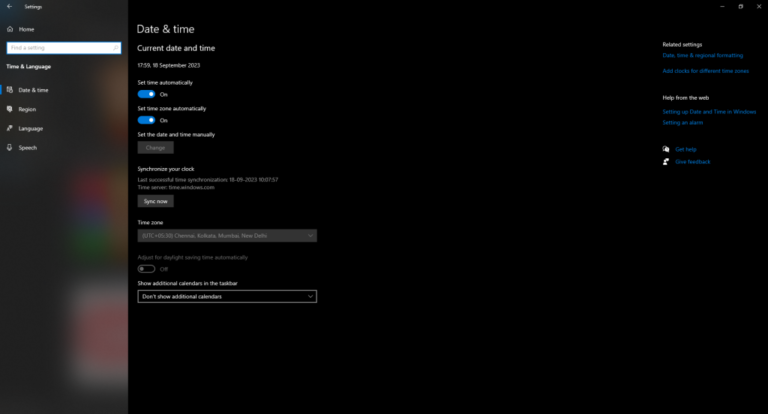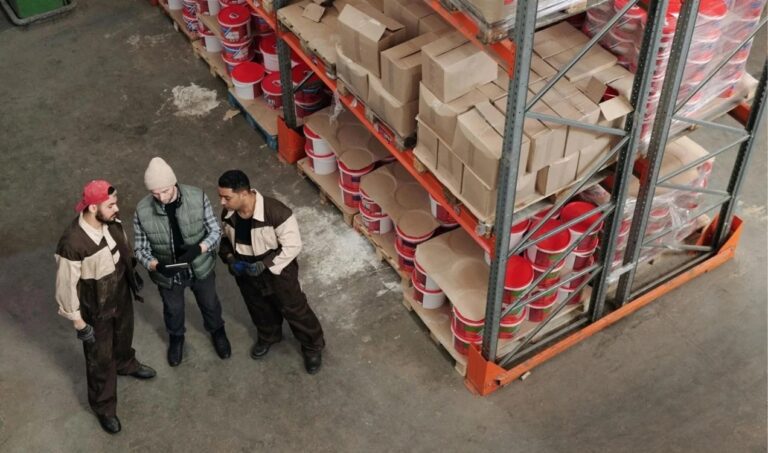Twitter has been my preferred social network for more than ten years, providing me with a sense of community and various benefits. It has always been a place where I could engage with interesting people on a wide range of topics, from web design to sports and music. Additionally, Twitter has been a valuable platform for both personal and professional connections, offering portability and easy implementation of embedded tweets and timelines to expand one’s network.
However, my enthusiasm for Twitter has waned since Elon Musk expressed his intention to acquire the platform, and his actions following the acquisition have only confirmed my concerns. I am not alone in my worries, as many other users have already migrated to alternative platforms like Mastodon and Threads. Although I have created accounts on these services, I have yet to fully utilize them and have remained loyal to Twitter despite its recent rebranding.
Twitter has always been an essential space for web designers, providing a no-nonsense user interface that facilitates connections within niche communities. It has been a valuable source for discovering new tools and learning content specific to our industry. The potential decline of the platform raises concerns about the survival of these niche web design communities and the scattering of resources across different platforms.
One of the reasons Twitter has been so appealing is that it allows users to consolidate all their interests in one place, even though it can sometimes be overwhelming. It brings people and content together in a unique way that other platforms cannot replicate. As an online space for web designers, Twitter holds significant value, and I hope it can continue to serve our community in the future.
However, recent changes to Twitter have raised red flags. Elon Musk’s fascination with the letter “X” has led to a rebranding that has not been well-received by designers. The new “X” logo on embedded tweets suggests a close button that does not function, degrading the user experience. Additionally, API monetization efforts have disrupted features like auto-publishing and temporarily disabled embedded tweets and timelines. The lack of response to repair requests and the stripping of core functionality are unacceptable and alienate web designers who rely on the platform to serve their clients.
Furthermore, Twitter’s stability has become a concern, with significant staff cuts and numerous incidents affecting the platform’s usability. Users can no longer rely on the service, making it less appealing for important engagements.
Despite these issues, many users, including web designers, have chosen to stay on Twitter. The idea of starting from scratch on another platform is unappealing, considering the years spent building connections. Additionally, leaving Twitter feels like giving in to Musk’s agenda of pushing certain users away, which goes against the principles of other social networks. Staying on Twitter becomes an act of defiance and a refusal to let Musk dictate our online presence.
Ultimately, the hope is that Musk may eventually lose interest and sell Twitter to a more agreeable party. Until then, many web designers, including myself, will continue to use the platform while hoping for improvements and remaining patient.






